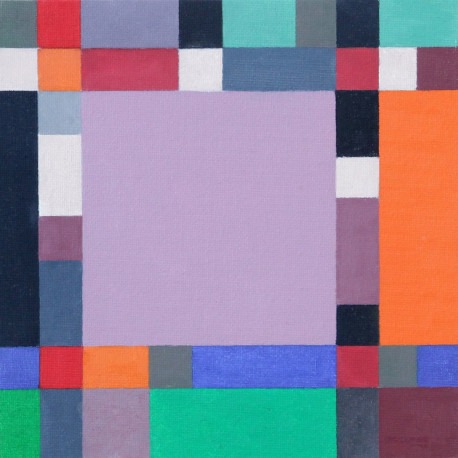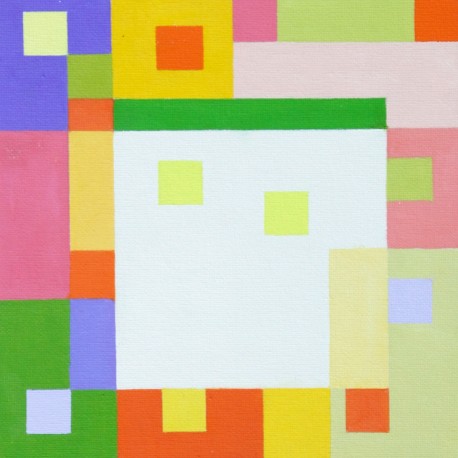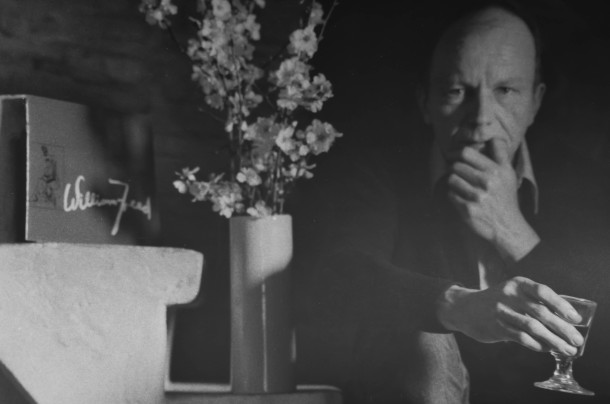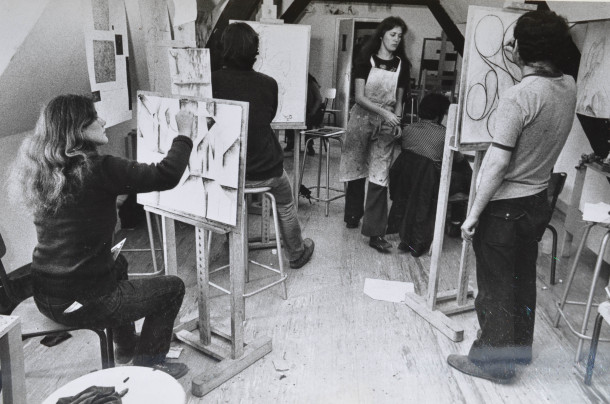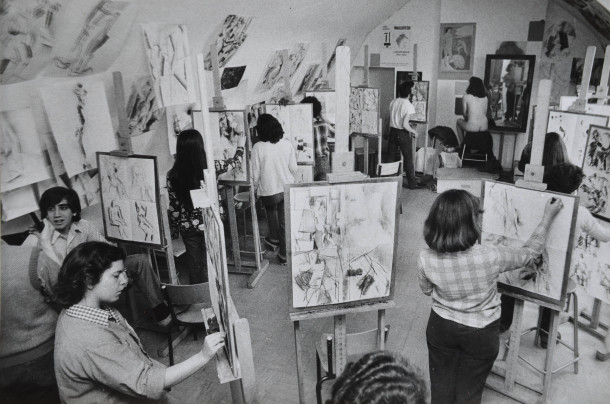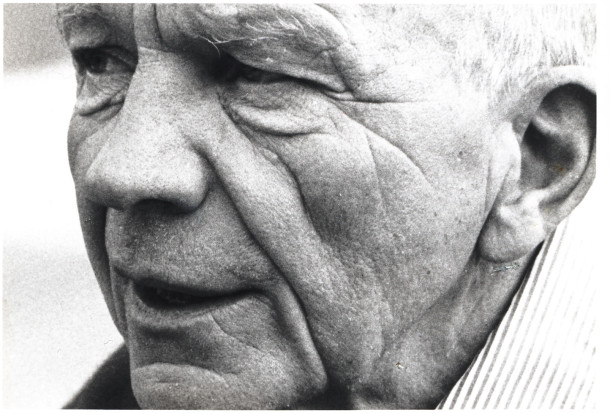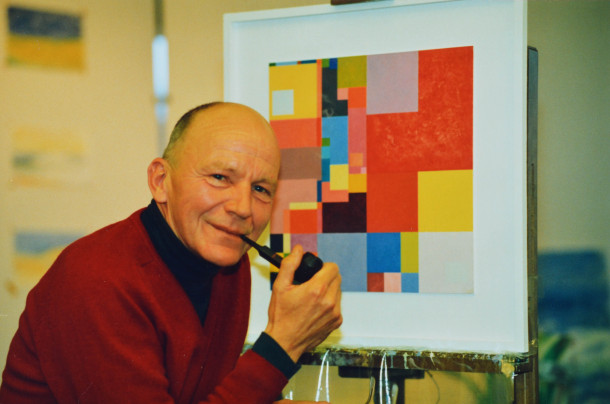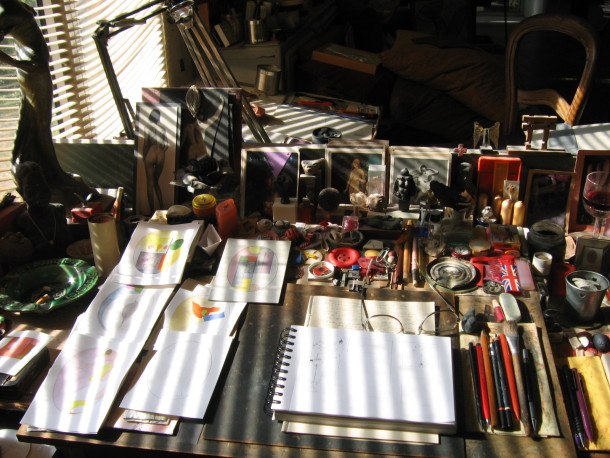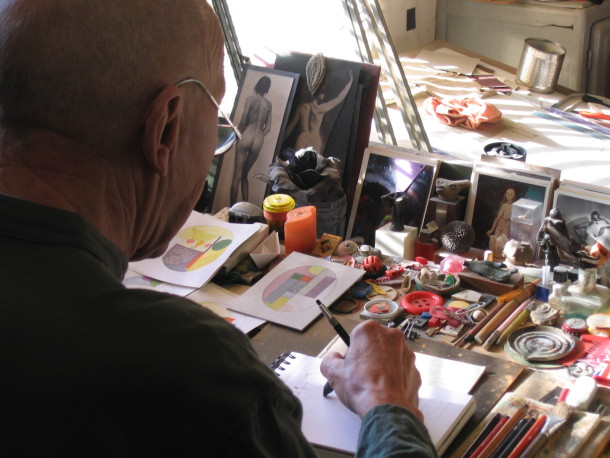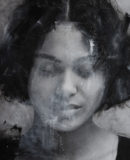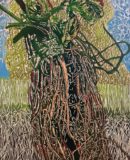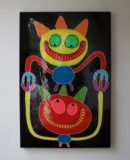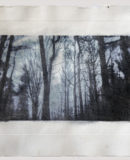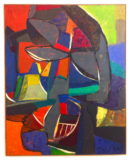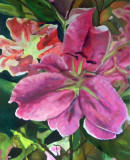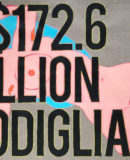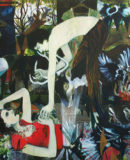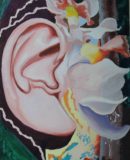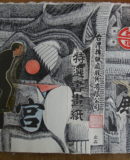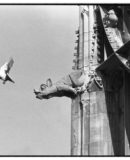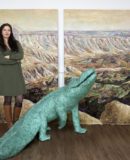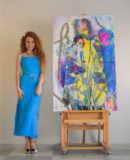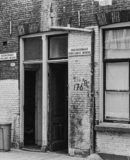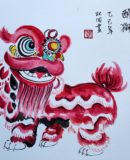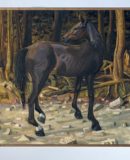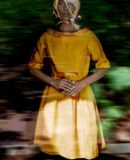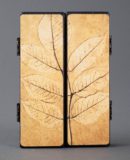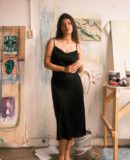World Fine Art Professionals and their Key-Pieces, 62 - Erik Koch
World Fine Art Professionals and their Key-Pieces, 62 – Erik Koch
In mid-October I attended the opening of Erik Koch’s exhibition at the EAE Studio in Leiden. Erik Koch, already 82 years old, was a tall, thin man with twinkling eyes. There was a selection of his work from the past 50 years to be seen, including his signature Colourpoems, watercolors and pen-and-ink drawings.
A week later I had the chance to talk more deeply with him about his work and career. Gallery owner Molly Ackerman was also present.
Hans Hofmann
Let’s first give a short introduction to Erik Koch. Born in Denmark in 1933, he traveled to the United States when he was 21 and became one of the last students and personal assistant of renowned abstract expressionist painter Hans Hofmann. Koch’s work grew from what he learned at the Hofmann School in New York and Provincetown, Massachusetts, during the 1950s, which he further developed in San Francisco and Paris.
Erik Koch: ‘Hans Hofmann came from Munich. In 1928-29 he already had a school, de Schule für Bildende Kunst, where he could practise the avant-garde ideas which he had picked up in Paris before 1914.’ The school received international recognition and Hofmann attracted students from all over Europe and the United States. He was invited to come to America to teach and show his work at the University of California at Berkeley in 1930, after which he briefly returned to Munich.
In 1932, Hofmann returned to America for a longer period and started to teach, first at the Art Students League in New York, then at his own institutes: the Hans Hofmann School of Fine Arts in New York and a summer school in Provincetown, Massachusetts. Hofmann bought a house there, where other artists soon came to visit/live, such as Franz Kline, Robert Motherwell and Willem de Kooning.
Erik Koch to America
In 1954, Erik Koch left Esbjerg, Denmark and traveled to California, where he had the first intimations of his life in art. The next year, 1955, he left for New York, where he became a student at the Hans Hofmann School of Fine Arts. Hofmann had had a big influence on New York’s avant-garde movement, especially through his classes and his writings. Nobody understood Cubism as thoroughly as Hofmann did. He was the ‘Father of Abstract Expressionism’.
Koch: ‘When you have studied with a master, you create a certain strength.’ Hofmann encouraged Koch to search for art within himself. ‘I was serious, even in the beginning. Hofmann offered me free schooling because I had nothing.’ The work was a spiritual experience for Koch, who later taught drawing in Tours, France, to students from the State University of New York (SUNY). ‘I went there and students were sent to me. Like Hofmann, I taught the students to work which charcoal and on charcoal paper.’ These years, 1976-77, were his best years, Erik Koch says, when he earned a living teaching.
In 1963, Hofmann’s students got the opportunity to show the work they had created with Hofmann at the Museum of Modern Art in New York. ‘In all the works you saw corrections that Hofmann had made, which was in a sense an honour. Unfortunately, he had made no corrections in my work, so none of them were in the show. Hofmann had a great psychological capacity to understand what a student needed. He always said that he was influenced by his students, more than the other way around, always speaking with a heavy German accent.’
Colourpoems
Erik Koch tried to teach his students in the same way he had learned from Hofmann—making corrections to the students’ work. ‘It was the animal in me’, he says. ’A total free flow of the subconscious.’ In 1977, the SUNY program at Tours was closed. The state of New York was broke. ‘But the whole arts students system was already pretty corrupt.’
Over the years, Koch read a lot: poems (Rilke), philosophy (Schopenhauer, Kierkegaard, Ouspensky). He could have started writing, but his spelling wasn’t very good… ‘That’s the reason I started my colourpoems’ he says with a wink, ’also as a counterpoint to my collected experiences. The world needs beauty, I thought’, and he cites Oscar Wilde: ‘We are all in the gutter, buts some of us are looking at the stars.’
The coulourpoems, which are about relationships of colour and form, were greatly influenced by Dutch and Russian constructivist and geometric abstractionist painters such as Piet Mondrian, Theo van Doesburg (‘although he was more of a brilliant organizer’) and Kasimir Malevich. The colourpoem works in the gallery are small ones, brought all the way from France. Many of his other colourpoems are 1 meter x 1 meter.
They are precise colourful works, and the combination of colours is selected in a careful process, which Koch is working on all the time, even when he is not actually painting. At the back of each work Koch writes “Unfinished”. Each work is what he calls a waysign. He takes a piece only so far and then it’s up to each viewer to “complete” the journey according to his own path.
A blind person searching the way
Therefore there is no Key Work to be appointed. ‘There is no one point in the universe and therefore no Key Work. Life is motion. Life is part of the All. It’s like William Blake who saw a “World in a Grain of Sand”. Erik Koch: ‘I’m a blind person searching the way at night’.
There were also other works at the exhibition. Very small pen-and-ink drawings of landscapes and persons evocative of the fine line work of Rembrandt. Frequently there is a river and there were also nice erotic drawings, the figures fine and light as ballet dancers.
Koch’s work can be seen in public and private collections throughout Europe and the US.
http://ifthenisnow.eu/nl/verhalen/world-fine-art-professionals-and-their-key-pieces-61-erik-koch
Disclaimer: The views, opinions and positions expressed within this guest article are those of the author Walter van Teeffelen alone and do not represent those of the Marbella Marbella website. The accuracy, completeness and validity of any statements made within this article are not guaranteed. We accept no liability for any errors, omissions or representations. The copyright of this content belongs to Walter van Teeffelen and any liability with regards to infringement of intellectual property rights remains with the author.

